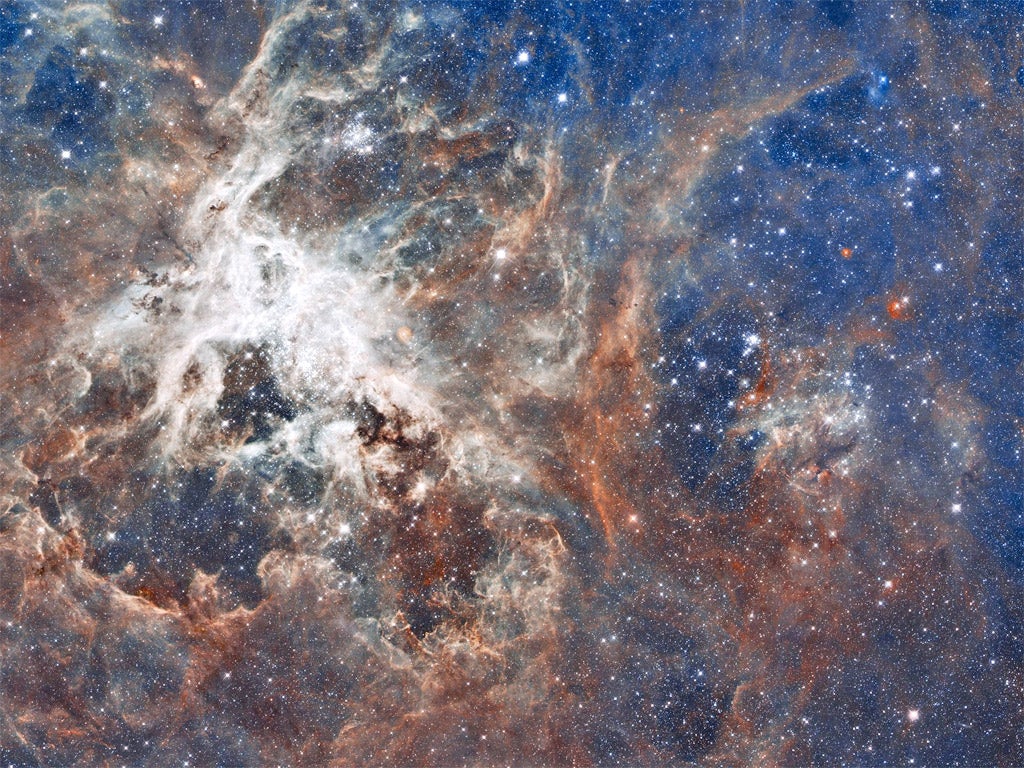Watch this space: the birthplace of a billion stars

Your support helps us to tell the story
From reproductive rights to climate change to Big Tech, The Independent is on the ground when the story is developing. Whether it's investigating the financials of Elon Musk's pro-Trump PAC or producing our latest documentary, 'The A Word', which shines a light on the American women fighting for reproductive rights, we know how important it is to parse out the facts from the messaging.
At such a critical moment in US history, we need reporters on the ground. Your donation allows us to keep sending journalists to speak to both sides of the story.
The Independent is trusted by Americans across the entire political spectrum. And unlike many other quality news outlets, we choose not to lock Americans out of our reporting and analysis with paywalls. We believe quality journalism should be available to everyone, paid for by those who can afford it.
Your support makes all the difference.This breeding ground for new stars, captured as never before by the Hubble Space Telescope, is in the heart of the Tarantula nebula some 170,000 light-years away in the Large Magellanic Cloud – a small satellite galaxy of our own Milky Way.
It is the largest mosaic of images collated from a series of photographs captured by the two cameras on board the telescope.
The region of 30 Doradus is the brightest stellar birthplace in our galactic neighbourhood and is home to the most massive stars known to exist. The image reveals the different stages in the birth and early evolution of stars, which appear in clusters ranging in age from 2 million to 25 million years. Some seen here are embryonic stars just a few thousand years old and still wrapped in cocoons of dark gas, while others are giant behemoths that die young in supernova explosions.
The region's sparkling centrepiece is a giant young cluster named NGC 2070, which contains about 500,000 stars and is only about 2 million to 3 million years old.
The image was composed from 30 separate fields, 15 from each camera on board the Hubble telescope. Both cameras made these observations simultaneously in October 2011. The red colour represents hydrogen gas, while the blue represents oxygen.
Join our commenting forum
Join thought-provoking conversations, follow other Independent readers and see their replies
Comments